BRUTAL REPRISAL |
‘McGuinness ordered IRA informer’s murder …and Freddie Scappaticci shot him’, book claims
Frank Hegarty’s body was found dumped on a roadside in Co Tyrone in 1986 shortly after his family claimed they were assured by McGuinness he would not be killed if he returned home to Derry from his safe house in England.

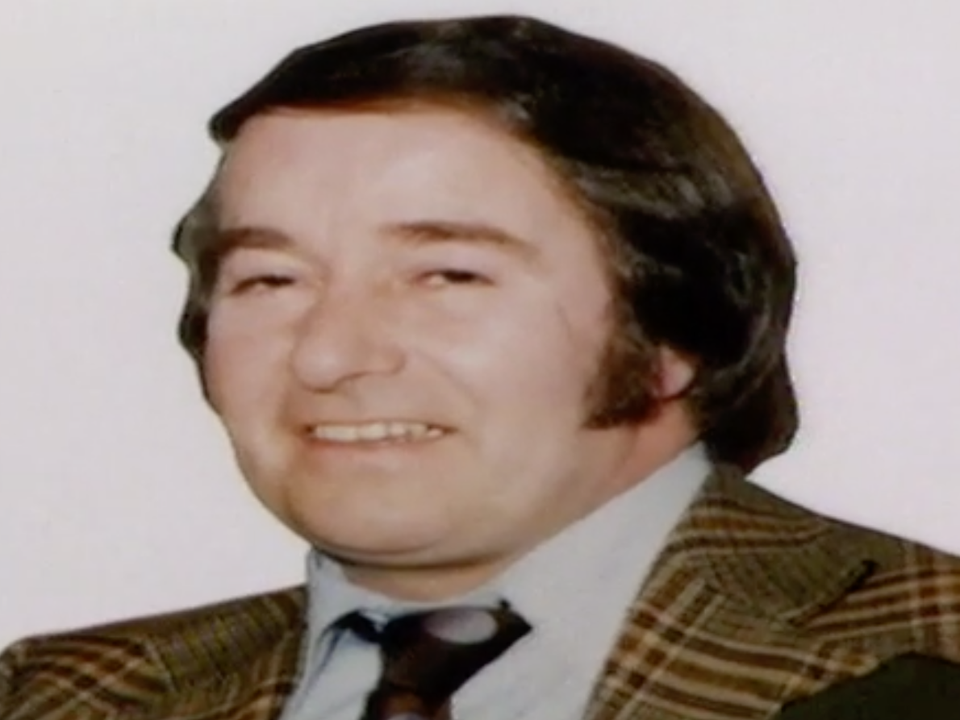

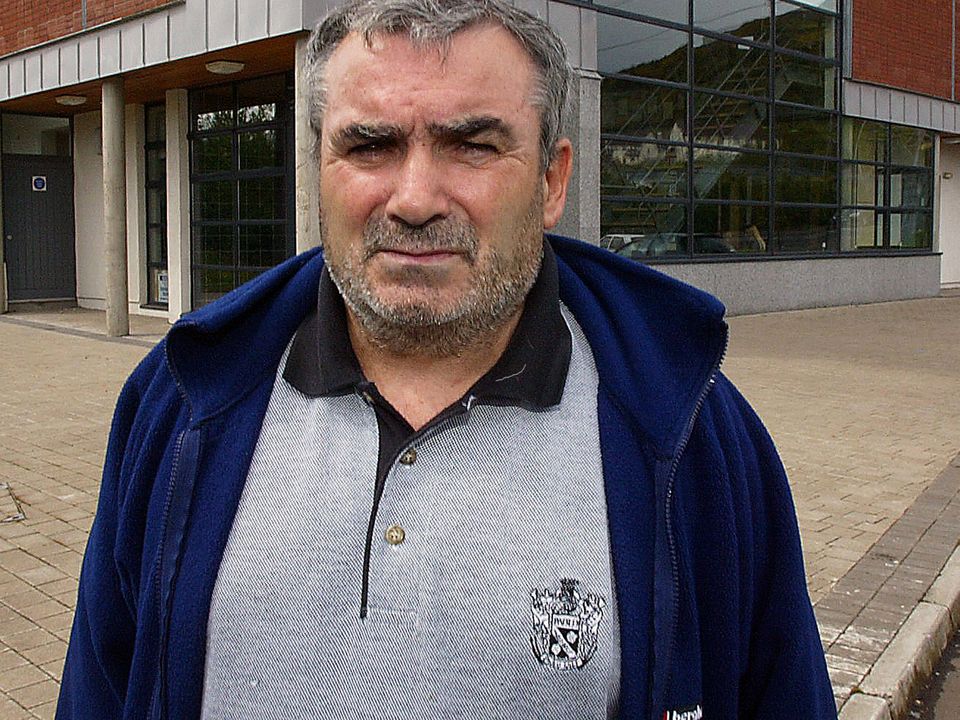

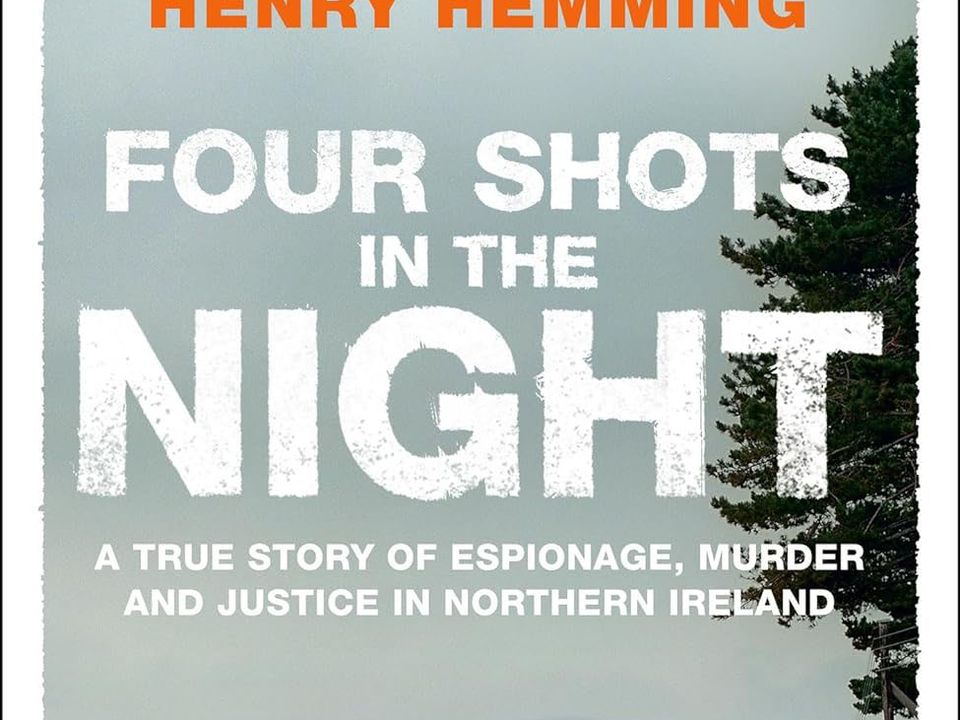

Today at 20:44
The author of a new book about an IRA informer’s murder believes the killing was ordered by Martin McGuinness and carried out by Freddie “Stakeknife” Scappaticci.
Frank Hegarty’s body was found dumped on a roadside in Co Tyrone in 1986 shortly after his family claimed they were assured by McGuinness he would not be killed if he returned home to Derry from his safe house in England.
However, instead of protecting Hegarty, who had passed on details of a huge IRA weapons dump to his handlers, McGuinness gave the instruction for him to be shot dead.
That’s the view of London-based journalist Henry Hemming, whose new book about Hegarty’s murder, Four Shots in the Night, was launched this week.
At the time, Scappaticci was a senior member of the IRA’s internal security unit known as the “Nutting Squad”.
It was their job to find and kill informers in the IRA. Scappaticci is alleged to have been involved in multiple murders while also working for British intelligence.

After five years of research into Hegarty’s killing, Hemming believes it was ordered by McGuinness and Scappaticci pulled the trigger.
“All in all, I think that is what happened,” he told Sunday World.
Scappaticci was arrested but never charged as part of the probe into the Hegarty murder.
The investigating team believed they had enough evidence to charge McGuinness, who died in 2017, with conspiracy to murder. However, the director of public prosecutions disagreed and the McGuinness file was closed.Hemming believes he has uncovered why the case against McGuinness was shut down.
“I think there’s no doubt he was protected,” he said.
“I don’t believe that he was an agent, I don’t believe that he was a tout, but I think there’s ample evidence from the early 1980s which suggests that, on the British side at least, some people are thinking McGuinness and (Gerry) Adams need to be protected.
“There’s a minute which goes from a senior MI5 officer in Northern Ireland to Margaret Thatcher in April 1981, just before the second hunger strike.
“And he’s saying, we believe that things should be done to encourage McGuinness and Adams to move towards a political direction. This is really interesting because previously no one thought this was going on, that this idea was being thrown around in Whitehall.”
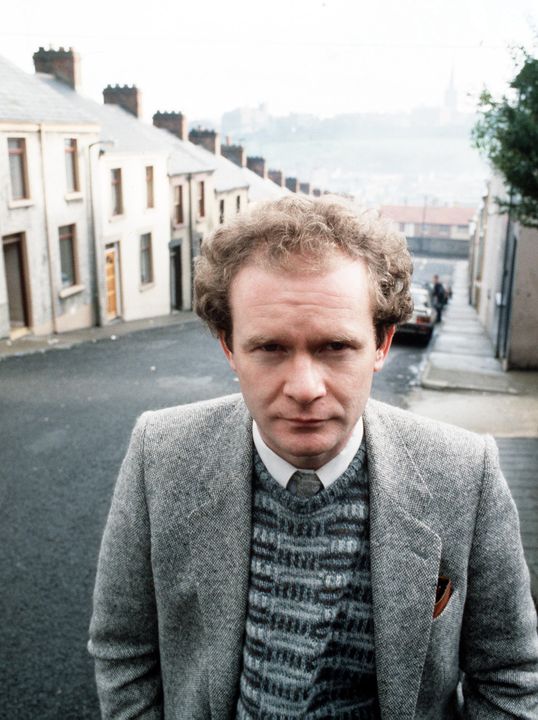
Hemming uses Hegarty’s killing as the basis for a wider examination of the role played by the intelligence services and agents during the Troubles.
“I think what attracted me to the story was that it gives the reader a sense of what was going on in terms of the secret war happening during the Troubles.
“I had been reading about agents inside the IRA and it all felt quite abstract, but the story of Frank Hegarty was one that just moved me enormously.
“It’s a tragic story and I think the moment I found out there could have been two sides inside the same paramilitary organisation, and one of them could have been given the instruction to kill the other, I felt this was a story I wanted to investigate and it’s a story that needed to be told.”
Hegarty, who was a member of the IRA team tasked with looking after weapons in Derry, was recruited in the late 1970s by the Force Research Unit (FRU), a secret intelligence unit within the British army.
In the mid-1980s, the IRA received several shipments of guns, ammunition and explosives from Libyan leader Muammar Gaddafi. McGuinness is alleged to have asked Hegarty to establish dumps on the southern side of the border to hide the weapons.
“I think what attracted me to the story was that it gives the reader a sense of what was going on in terms of the secret war happening during the Troubles.
“I had been reading about agents inside the IRA and it all felt quite abstract, but the story of Frank Hegarty was one that just moved me enormously.
“It’s a tragic story and I think the moment I found out there could have been two sides inside the same paramilitary organisation, and one of them could have been given the instruction to kill the other, I felt this was a story I wanted to investigate and it’s a story that needed to be told.”
Hegarty, who was a member of the IRA team tasked with looking after weapons in Derry, was recruited in the late 1970s by the Force Research Unit (FRU), a secret intelligence unit within the British army.
In the mid-1980s, the IRA received several shipments of guns, ammunition and explosives from Libyan leader Muammar Gaddafi. McGuinness is alleged to have asked Hegarty to establish dumps on the southern side of the border to hide the weapons.
Hegarty told his handlers about the dumps and the information was passed on to the Irish government. In January 1986, gardaí moved in on some of the dumps.
The night before the raids, Hegarty received a call from his handler and left Derry in a hurry.
He was driven to Aldergrove military airport where he was flown in a British government jet to England.
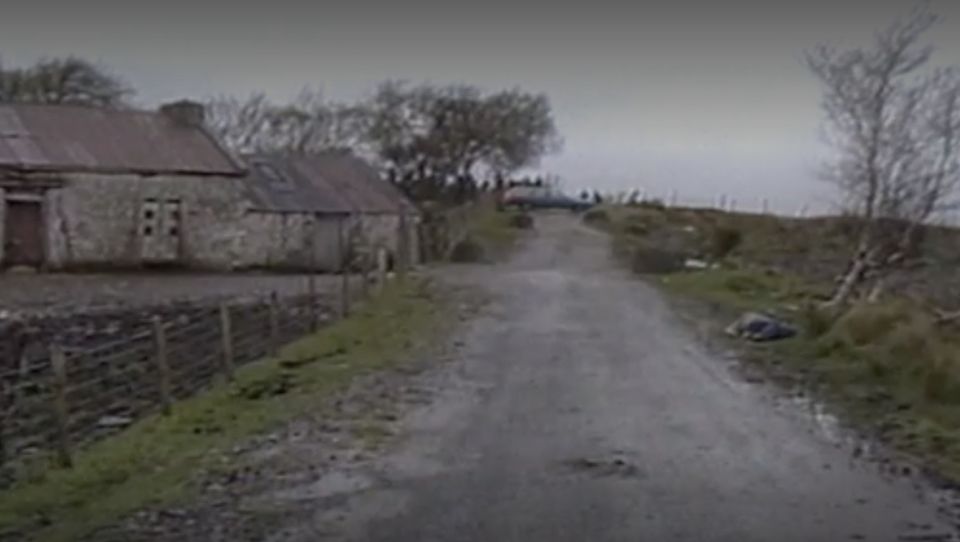
Hegarty was said to have been angry with his handlers for telling the Irish authorities and exposing the arms dumps.
However, despite his role as an informant, Hegarty stayed in telephone contact with his family.
McGuinness started visiting Hegarty’s mother, Rose, and, according to several sources, eventually persuaded her to let him speak to Hegarty during on one of his calls home.
During their conversation, it was alleged McGuinness told Hegarty everything could be sorted out if he would “only come home and talk”.

After several months in hiding, in April 1986, Hegarty walked out of his safe house in England and arrived at his mother’s house the following evening.
He was allegedly told that he would be allowed to stay in Derry if he signed an affidavit stating any information he had ever passed on to FRU was given under duress, and agreeing to never give evidence in court.
Hegarty was driven to Buncrana, Co Donegal, by a relative to meet with IRA leaders to tie up the agreement. The Hegarty family claimed McGuinness visited Rose Hegarty the next day and said her son was safe.
However, on May 25, 1986, Hegarty’s body was found on a remote roadside near Castlederg.
His hands had been bound behind his back, his eyes were taped and he had been shot four times through the back of the head.
McGuinness always denied any involvement in Hegarty’s death.
For Hemming, it was the first time he has focused on events in Northern Ireland.
Of the thousands of deaths during the Troubles, Hemming believes Hegarty’s murder is important because of its legacy, including a TV documentary in 1993 which linked McGuinness to the killing.
“That leads to the police investigation into Martin McGuinness which is all set to bring charges when it’s put away because MI5 and others say it’s the beginning of the peace process and ‘we need to keep McGuinness out of jail’.
“Also, we probably would not know about Scappaticci being Stakeknife were it not for Frank’s murder.
“The reason the Scappaticci story became news was a former soldier called Ian Hurst decided to go to the Sunday Times.
“He did that because he got to know Frank Hegarty during his time working as an agent and he was so upset by his death and the possibility Scappaticci could have killed him.”
The interim report of Operation Kenova — a major independent police investigation launched in 2016 into the activities of Stakeknife — was published earlier this month.
It said the IRA agent probably cost more lives than he saved. The final Kenova report is expected to be made public later this year.
While his book deals with a range of issues, Hemming says a personal tragedy is at its heart.
“I have enormous sympathy for him (Hegarty) as a person and as a character and I feel I have a good understanding of him.
“At the same time, I’m aware of the fact that of course I never met him and I don’t pretend I know him as well as some other people do or did, but I have a strong powerful sympathy for him.
“I really hope this book will do his story justice.”
